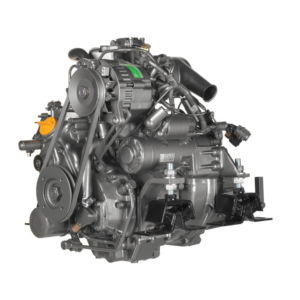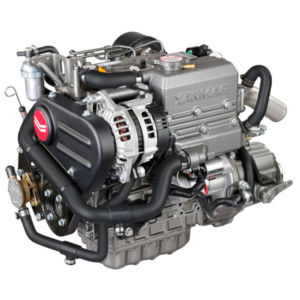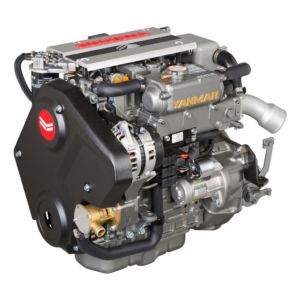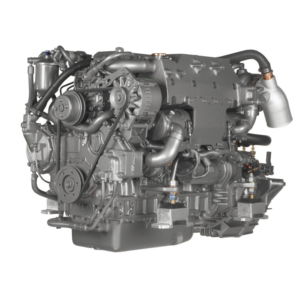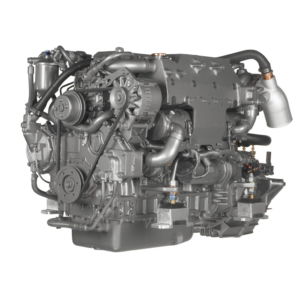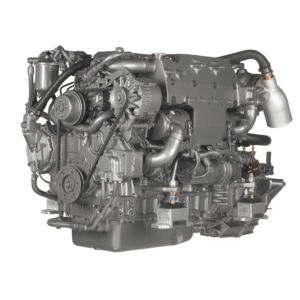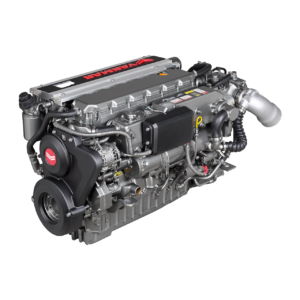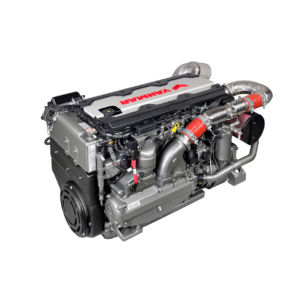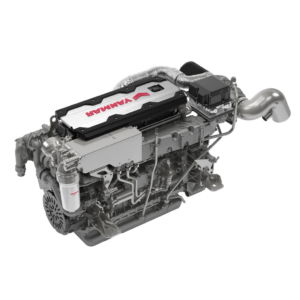Technology

Technology for sustainability
Our company is transforming, committed to protecting our
oceans, lakes and waterways

With the YANMAR GREEN CHALLENGE 2050, YANMAR has committed to fundamentally transform its business by 2050. The goal is to reduce the environmental impact to zero for the entire production chain, from our suppliers to our final customers.
Our energy transition strategy
YMI’s energy transition strategy works in tandem with the YANMAR Green Challenge 2050. Committed to protecting our oceans, lakes and waterways.

Let’s do this together. One step at a time.
The journey to zero emissions is a long one. At YMI we are constantly working towards our goal, step by step. As new technologies become available you will find them here.
Alternative fuel
Harnessing the environmental and user benefits of future fuels is integral to our Energy Transition Strategy. To meet the requirements of our customers, YMI is adapting and advancing our technology as we evaluate the evolving range of cleaner alternative fuels.
HVO approved engines
Questions & answers
Hydrotreated vegetable oil (HVO) is a renewable paraffinic (diesel) fuel. It is derived from used cooking oils, residue animal fats from food processing, tall oil, and non-food grade crops.
HVO, a new generation of bio-based diesel, has been treated with hydrogen in order to meet the European EN15940 standard for ‘Paraffinic Diesel Fuel from Hydrotreatment’. This more complex process produces a cleaner fuel, without the drawbacks of traditional, or first generation, biodiesel.
Paraffinic diesel fuels are specified in EN15940 and have higher cetane numbers and lower density than conventional diesel fuels (EN590). HVO and Bio to Liquid (BTL) are renewable paraffinic (diesel) fuels, whereas Gas to Liquid (GTL) is an alternative fossil paraffinic (diesel) fuel. HVO is a clear, colorless, odorless liquid.
The use of renewable (HVO and BTL) fuels will give a substantial decrease (up to 90%) of fossil CO2 emissions. Featuring the low sulfur and aromatics associated with paraffinic fuels, HVO burns more cleanly than first generation biodiesel or mineral diesel. Due to its good oxidation stability, it is not prone to bacterial growth.
HVO and diesel are similar, chemically and physically. The key differences to traditional diesel include approximately 7% less fuel density, less sulfur (5mg/kg vs 10mg/kg), no aromatics (0% vs 5%) and a higher cetane value, indicating a more complete combustion process.
Stay up to date
We will send you a notification whenever new technologies become available to help you on your journey to reduce your carbon footprint.

